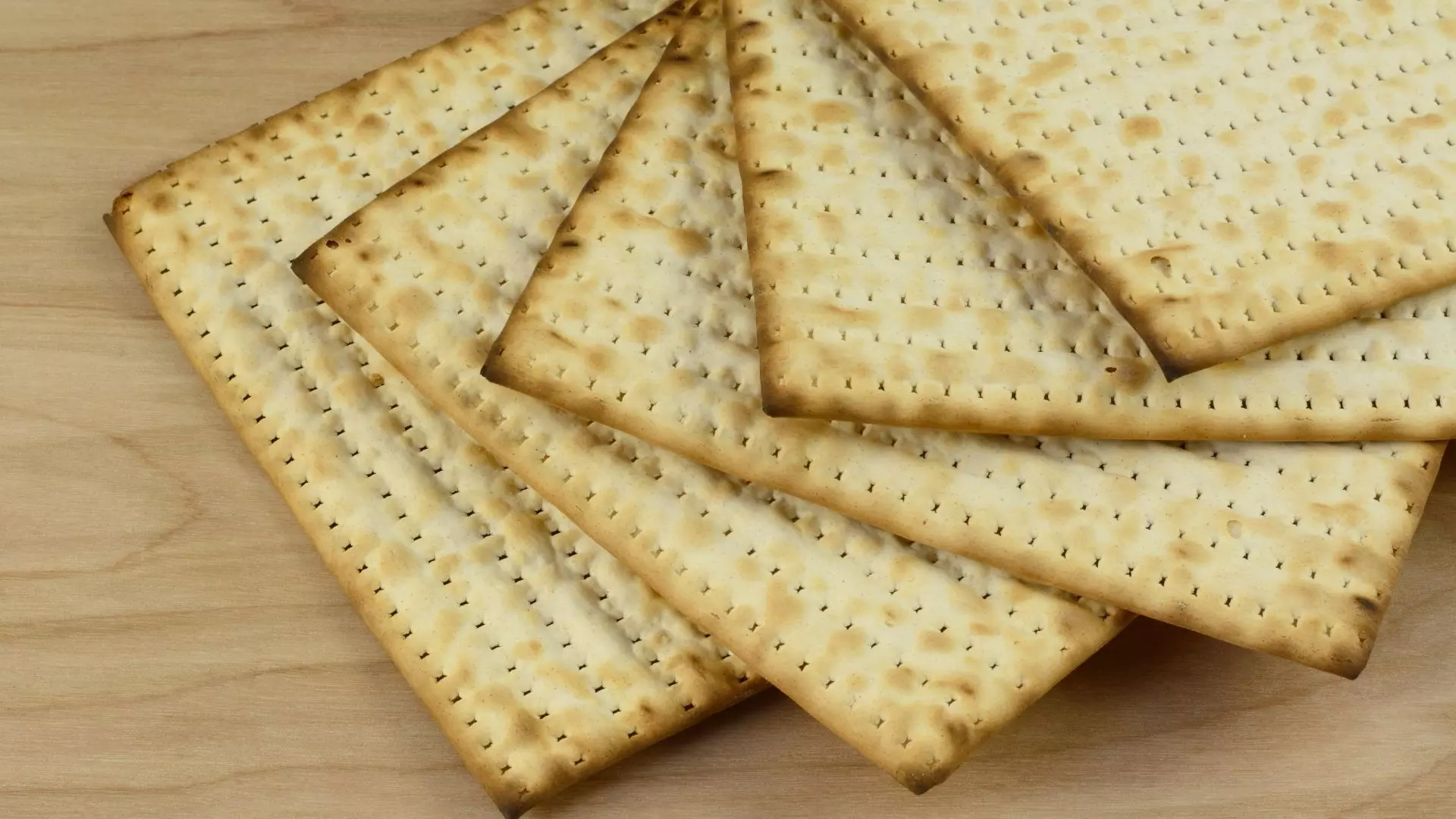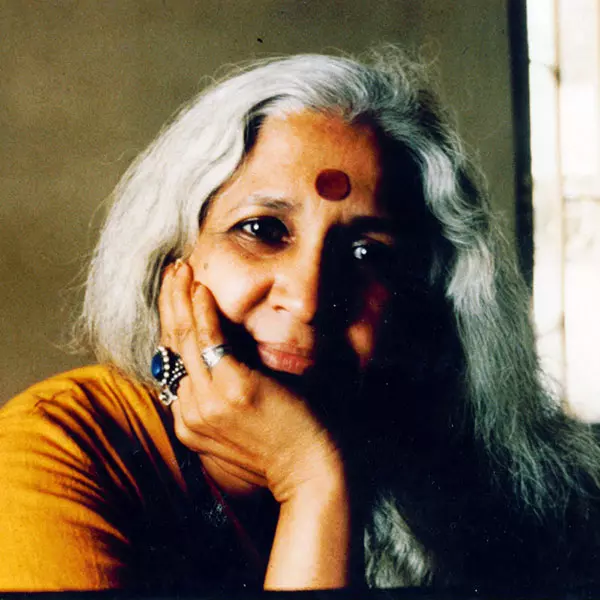Journey through the cuisine of the Bene Israelis of India with Esther David
An excerpt from Esther David's Bene Appetit The Cuisine of Indian Jews
- By Esther DavidLoading...
- | 8 Feb 2022 10:00 AM IST
 X
X
It is impossible to write about Jewish food without mentioning the laws of kosher, which includes slaughter of animals in a specific manner. The dietary laws also specify a list of clean and unclean birds and animals. It is prohibited to eat animals without cloven hooves. As mentioned before, there is a strict separation of meat and dairy in Jewish homes. Sometimes, kosher meat is not available in India, so many Indian Jews eat only vegetarian food through the year, waiting for special occasions or festivals when meat that has been slaughtered in accordance with the kosher law is available at the synagogue.
Some two thousand years ago, on their arrival in India, Jews must have realised that coconut milk was the perfect substitute for dairy products. Rarely will you find a Bene Israel home that does not have coconut, lemon, tamarind and saffron in the kitchen, all of which which are commonly added to their curries.
Idol worship is prohibited in Judaism, but Bene Israel Jews of western India have taken the liberty of worshipping Prophet Elijah, whose poster can be seen in their homes. They also have a ceremony for wish fulfilment, which is held for Prophet Elijah as a form of thanksgiving, known as malida. The entire community is invited to partake in a malida ceremony, for which a minyan (quorum) of ten men is a must. Poha or flaked rice has a strong influence on Indian Jewish food and is an important ingredient of the malida platter. The poha is washed, mixed with grated coconut, garnished with raisins and chopped nuts, along with dates, apples, bananas or any other seasonal fruit, such as mangoes, and even with red rose petals. Sometimes, an entire pomegranate is placed in the centre of the malida platter as a symbol of unity, or its seeds are sprinkled over the poha.
Bene Israel Jews also make a New Year halva known as chik-cha-halva. This is a wheat halva that is different from traditional Indian dairy-based sweets, though it does have a few similarities with Goan and Parsi desserts. This halva is a quintessential part of Bene Israel cuisine.
And, while matzo is available off the rack in Western countries, Indian Jews have always made their own hand-rolled flatbread, that is, matzo bread made with unleavened dough. Indian matzo is different from the matzo seen all over the world. Similarly, hand-rolled flatbread known as chapatti or bhakhri is made with wholewheat flour and has pride of place on the Shabbath table instead of the traditional challah bread made in Western countries.
In the absence of kosher wine in India, Jewish communities make sherbet with grapes or blackcurrants. The blackcurrants are washed, soaked in a bowl of water for ten minutes, drained, crushed, strained, cooled and then bottled. This juice is poured into a goblet for Kiddush during the Shabbath prayers; it is also made in large quantities for the Passover Seder and for breaking the fast of Yom Kippur.
The largest Indian Jewish community, Bene Israel Jews, have been living in India for more than two thousand years. In Hebrew, Bene Israel means 'Children of Israel'. They came to India from Israel after the fall of King Solomon's second temple in 70 CE, fleeing from Greek persecution.
They were shipwrecked near Alibaug, where they continued to stay before they settled in Mumbai and western India. They kept their Biblical names, but added the name of their village to their surnames. For example, my family comes from a village known as Danda, so my last name is Dandekar, which I do not use. They believe that India is their motherland, as it is the only country in the world where they have never faced persecution.
Bene Israel Jews who settled on the Konkan coast worked as oil pressers in the villages around Alibaug, near Mumbai. They observed Shabbath from Friday evening to Saturday evening and were known as Shanivar telis or Saturday oil pressers.
As a memorial to the Bene Israel Jews, a tall column with a star-shaped pedestal was installed in Navgaon, near Alibaug in 1992. It is built over two wells, which bear testimony to their arrival in India. It is known that even when they arrived in India, they would circumcise the male children and observe dietary laws. Slowly, Bene Israel Jews assimilated into Indian life while absorbing some Indian customs, yet retaining their Jewish identity. The British and the Dutch recognised them and gave them a religious education and books.
The Indian Jews have many Indian influences in their lifestyle, such as food habits, dress, jewellery and even cultural practices like the mehendi or henna ceremonies during weddings. Their rituals include the use of coconut, cloves, areca nut, areca leaves or paan leaves, myrtle leaves, the bijora or citron fruit, catnip leaves and local fragrant red roses. Maharashtrian, Konkani and Gujarati influences can also be seen in the apparel of the Bene Israel women, as they wear saris and bangles and weave flowers in their hair.
The Jewish communities in India stick to their roots in their celebrations of festivals and holidays. Jewish festivals are celebrated from September to August, such as the Jewish New Year or Rosh Hashanah, the Sukkot, Simchat Torah, Tisha-B'Av, Hanukkah, the Festival of Trees, Purim and Passover. Circumcisions, bar mitzvahs, engagements, weddings and naming ceremonies of newborn children feature a malida. The Shabbath spread is always made on a Friday evening, as the food must last till Saturday.
This is an edited excerpt, which originally appeared in Bene Appetit The Cuisine of Indian Jews (Harper Collins) by Esther David.

Esther David
Esther David is an Indian Jewish author and illustrator belonging to the Bene Israel Jewish community of Ahmedabad. Her novel, Book of Rachel, received the Sahitya Akademi Award for English literature in 2010. She has received the Hadassah-Brandeis Institute Research Award, USA, for the study of Indian Jewish cuisine.


